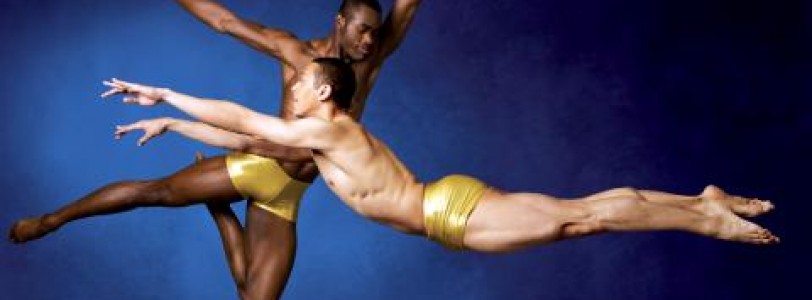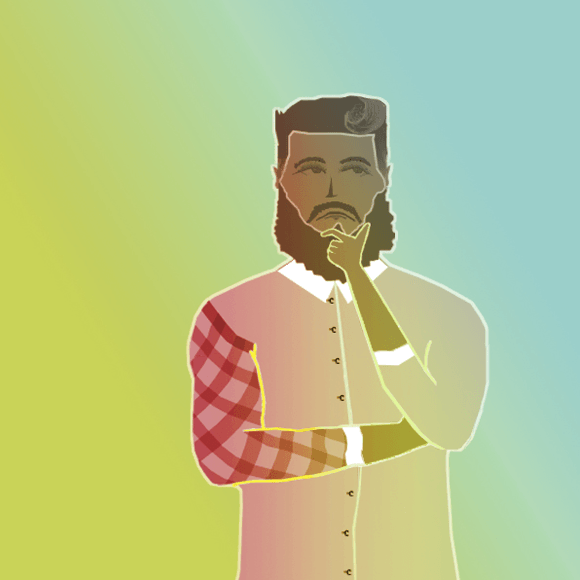The pressures and challenges for male dancers
I chose the issue pressures and challenges for male dancers. Because, I think it is a big problem in the arts with the way people respond in society to the male gender. For example, male dancers are still being bullied for making the decision to dance as a hobby or even as a carrier. There is also a big problem with the way people react in the industry to boys having an easier success and it being for the reason for less males in the art form. I will carry out my research for this by creating a questionnaire asking both male and females about the different issues, so I can get a mixture of views and opinions.
In my questionnaire one of my questions was asking what makes a stereotypical male dancer. Most of the answers in response to this question was to do with appearance, size and style the male dancers should do. For example, people put male dancers into a hip-hop bracket. I believe that this puts pressure on boys in dance as they feel abnormal. Through this evidence it is shown that boys in dance are still shown to be put into a bracket of looking and dancing a certain way, which challenges boys especially to do with the size and build they are. Through my evidence I can see that this stereotype is true and that people still look at a male dancer in one way.
In the past the industry of dance has been known for having less males joining in the art form. Which, has created a view of males having an easier and more successful carrier in dance. However, in the last few years it is getting more common for men taking part in the art form, which is putting more and more pressure on men as there is still that stereotype of it being easier when actually it's as difficult for men to achieve as it is the women in the industry. While actually company's and schools are just looking at the different quality's for a man than a women, rather than the numbers between each gender. Overall the evidence I got through my questioner for this question backs this stereotype as everyone believed it was easier for males in dance to achieve due to the lack of males in the industry.
Another question I asked on my questionnaire was about prejudiced comments and how it has such a big impact on confidence and health towards any dancer. Many of the males that filled out my questionnaire said that they have experienced homophobic comments towards being a dancer/performer. I believe that this is very stereotypical and can really depend on the dance style you do. For example, there is still a very big boundary against males participating in ballet. However, the more the numbers of males dancing are raising then these prejudice comments will decrease. Which, will really help to encourage males in schools to pursue any dance style and feel comfortable and safe from any prejudice comments from society.
In addition to this another large stereotype in society that puts pressure against male dancers doing dance is their body image. This is a very big problem in the industry today as people believe that dancers should only look a certain way, and the issue with this is if the dancer does not fit into that category that society put you in. Which is mainly to with their appearance and size it can really affect their carrier. This is because most vocational dance schools and company's mainly look at those dancers that fit into a certain category that they know will succeed. From my questionnaire the majority of people thought that a stereotypical male dancer looked strong and muscular, they have a good height and dance in a hip-hop style. However, there were some people who thought male dancers have more versatility and are more professional. The people who put this were mainly dancers which shows that they are more understanding towards male dancers and believe it is so important to have males in the industry as they bring different quality's to every style no matter what image you pursue to the world.
In conclusion to my research and what I have discovered about stereotyping males in dance, is that there are still very big barriers in dance that can hold back male dancers in succeeding in the industry, which is due to a very small minded society. However, these barriers are being lowered. For example, more and more companies are coming to the fact that individuality and having a unique style is very important to be able to survive in the industry. And by doing this it is helping to wake people up to the fact that anyone can take part in any hobby or carrier that they enjoy and benefit from.







Absolutely loved reading this! It's such an important issue and from this I am glad to have learnt more about it!:)